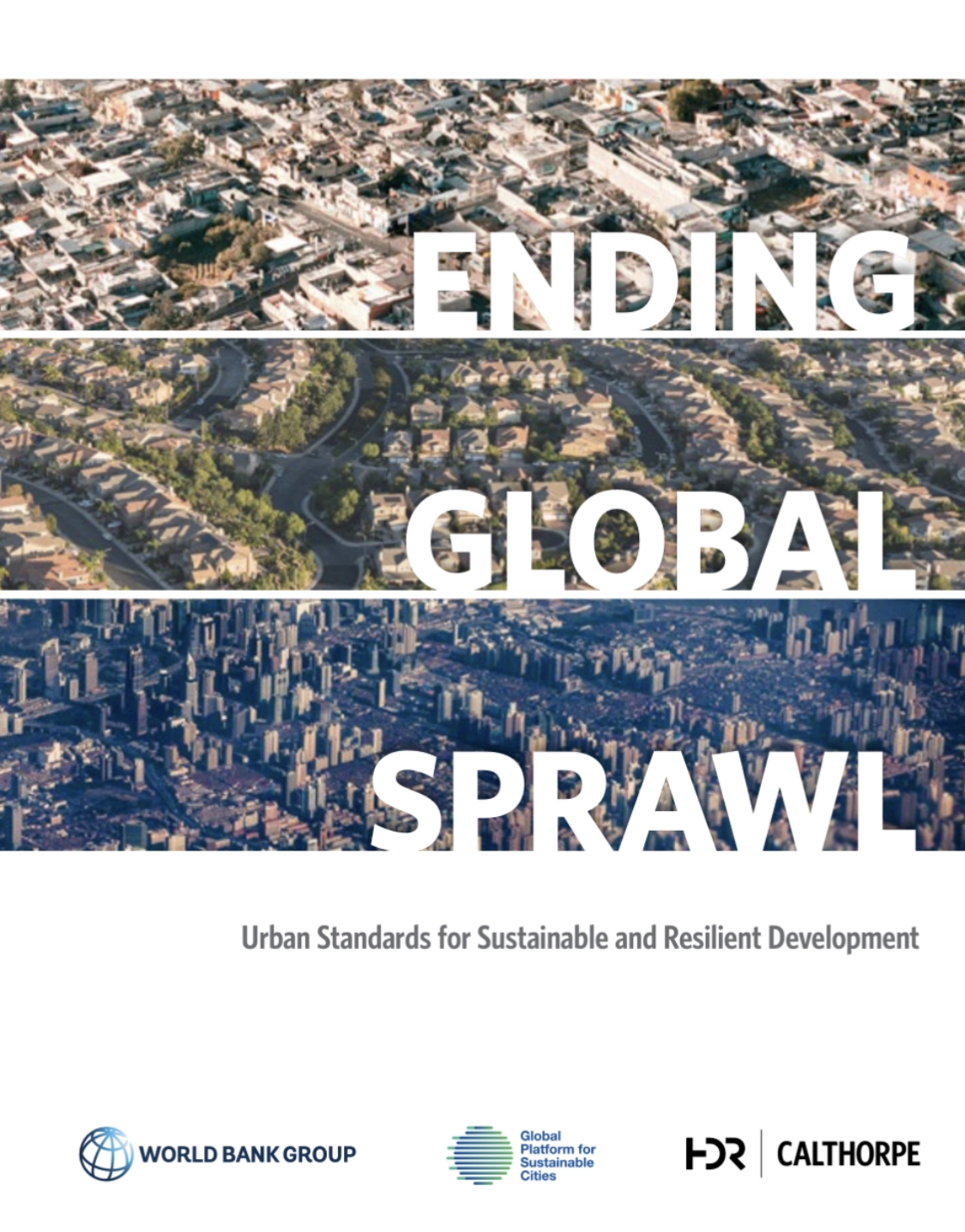
-
Country/City
World
-
Published On
November 22, 2022
-
Author(s)
Peter Calthorpe, The GPSC
The health and wellbeing of humankind will depend on the kind of cities we build in the next two generations. They will provide the scaffolding for our social, economic and environmental future. In many respects, the way we shape cities will impact humanity’s most pressing challenges: climate change and habitat stability; social opportunity and community strength; economic growth and poverty. We now have 4.3 billion people living in cities and that number will increase to 6.7 billion by 2050.1 Based on our current pattern of global sprawl, this will translate into an 80 percent expansion of city footprints from 2018 to 2030.2 Moreover, this unprecedented outward expansion is greatest in lower income cities in the Global South, China and India. The current form of global sprawl deepens spatial inequalities and isolates opportunities for those who need the opportunities of urban life the most; it heightens the costs of infrastructure and social services and it intensifies the environmental burdens of poor air quality, carbon emissions, and deteriorating ecosystems. Its alternate, documented by the 7 principles detailed in this book, can mitigate many of the worst outcomes while heightening economic opportunities, social integration, and ecological heath.
